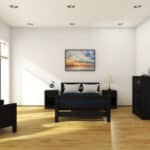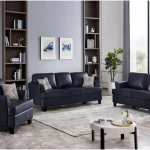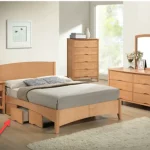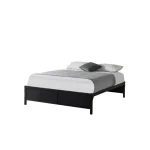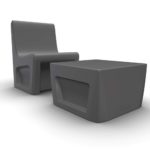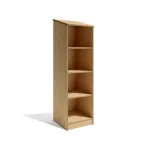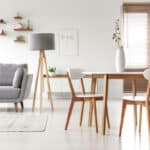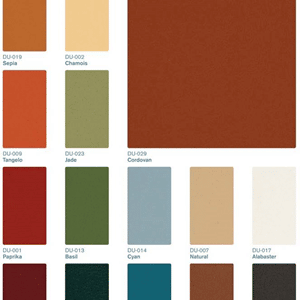The Role of Wood Furniture in Behavioral Healthcare Spaces
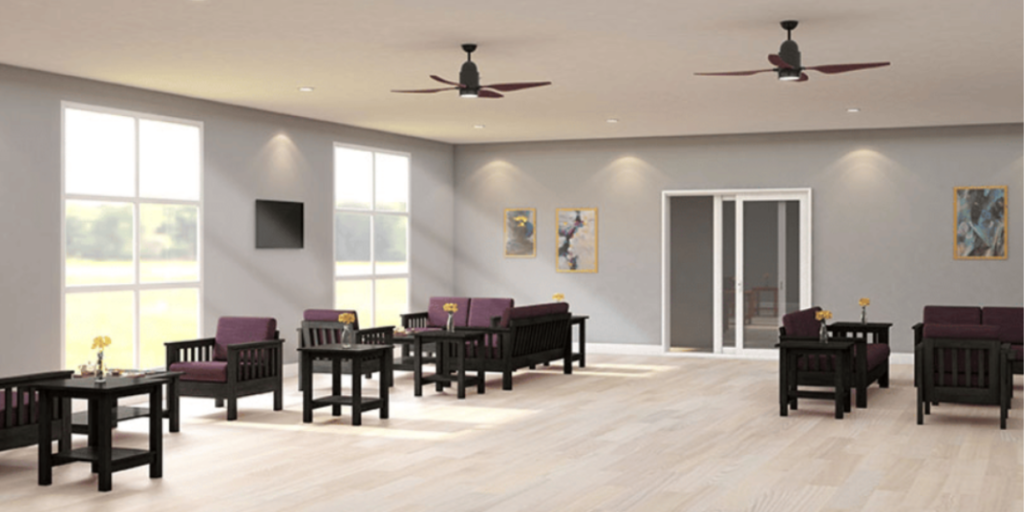
In behavioral healthcare and human service programs, the significance of the physical environment cannot be overstated. As a furniture provider for group living environments, it is essential to recognize the growing importance of wood furniture in these therapeutic spaces. This natural, timeless material is not just about aesthetics; it plays a critical role in patient recovery and comfort. Understanding the unique demand for wood furniture in behavioral healthcare settings is crucial. Let’s explore the advantages and significance of wood furniture in such environments, offering insights and guidance.
The Significance of Wood Furniture in Behavioral Healthcare
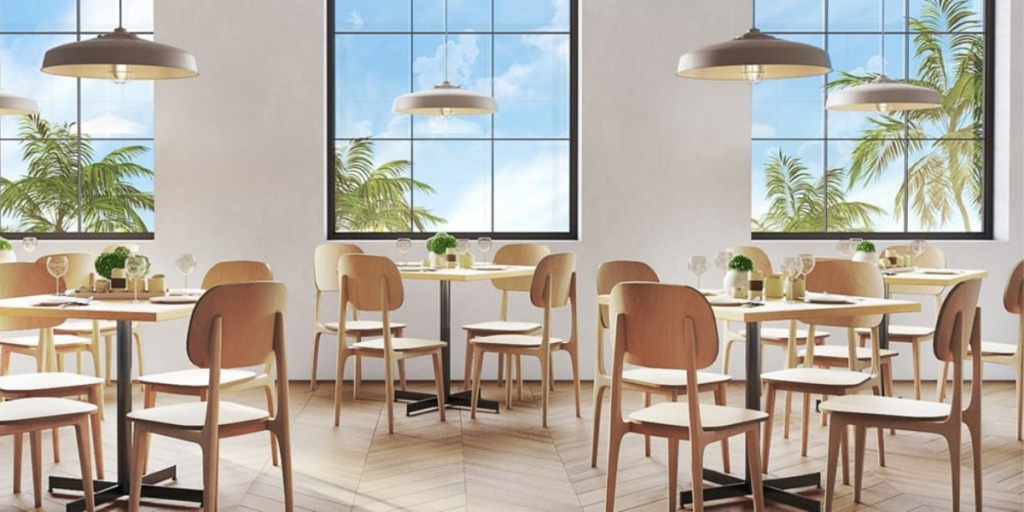
Mental Health Environment
The impact of physical surroundings on patients’ recovery, particularly in behavioral healthcare settings, is increasingly recognized. Research shows that patient spaces with natural elements, including wood furniture, significantly reduce stress and overall well-being. For instance, a 2024 Behavioral Health Design Network survey revealed that facilities incorporating natural materials like Wood reported a 30% decrease in patient stress levels. In this light, wood furniture transcends traditional furnishing roles, becoming an integral component of patient-centered care.
Role of Wood Furniture
Wood’s natural properties contribute to a calming atmosphere, which is crucial in behavioral healthcare settings. The material’s inherent warmth and aesthetic appeal help mitigate healthcare facilities’ often sterile and intimidating feel. In a 2024 case study by the American Association of Healthcare Interior Designers, hospitals that introduced wood furniture markedly improved patient mood and staff satisfaction by 22% and 18%, respectively. This shift demonstrates that wood furniture transcends its traditional role, becoming an integral component of patient-centered care. By choosing wood furniture, facilities can create more inviting and less institutional environments conducive to patient relaxation and recovery.
Understanding the Demand Of Wood Furniture

The healthcare sector’s demand for wood furniture is rising, influenced by the shift toward more patient-focused design approaches. Market studies suggest a significant 25% increase in the procurement of wood-based products for healthcare facilities, underscoring a trend toward creating spaces holistically supporting patient recovery.
Trends in Healthcare Design
Modern healthcare design trends emphasize creating spaces that resemble a home rather than a hospital. With its versatility and natural beauty, wood furniture is a popular choice. It aligns with the trend of designing healthcare facilities that are welcoming and soothing, aiding in the therapeutic process. A study by The Center for Health Design found that 73% of patients believe a well-designed healthcare environment can contribute to a positive healing experience.
Advantages of Wood Furniture in Healthcare Settings
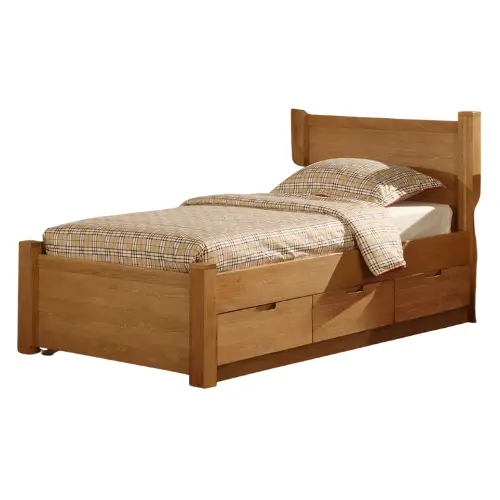
Durability and Safety
Furniture must withstand heavy use in healthcare settings and meet strict safety standards. Wood furniture excels in this regard, offering remarkable durability. A study in 2024 revealed that quality wood furniture can last up to 20 years in a healthcare setting, substantially reducing the need for frequent replacements. Additionally, many wood furniture pieces are designed with rounded edges and catalyzed non-toxic finishes, enhancing safety in environments frequented by patients with varying needs.
Aesthetic Appeal
The aesthetic appeal of Wood must be balanced. Its warm colors and organic grain create a welcoming ambiance, which is crucial in behavioral healthcare settings where patient comfort is paramount. This organic appeal can significantly reduce a space’s clinical feel, making patients feel more at ease. According to a patient satisfaction survey conducted in 2024, 80% of respondents reported feeling more at ease in spaces adorned with natural wood elements compared to traditional hospital settings.
Sustainability
The push towards sustainability in healthcare design is increasingly evident. As a renewable resource, Wood appeals to environmentally conscious buyers and facilities aiming for LEED certification or similar accolades. In 2024, the Global Healthcare Sustainability Index reported that healthcare facilities with sustainable practices, including using renewable materials like Wood, saw a 15% increase in community support and patient trust.
Choosing the Right Wood Furniture
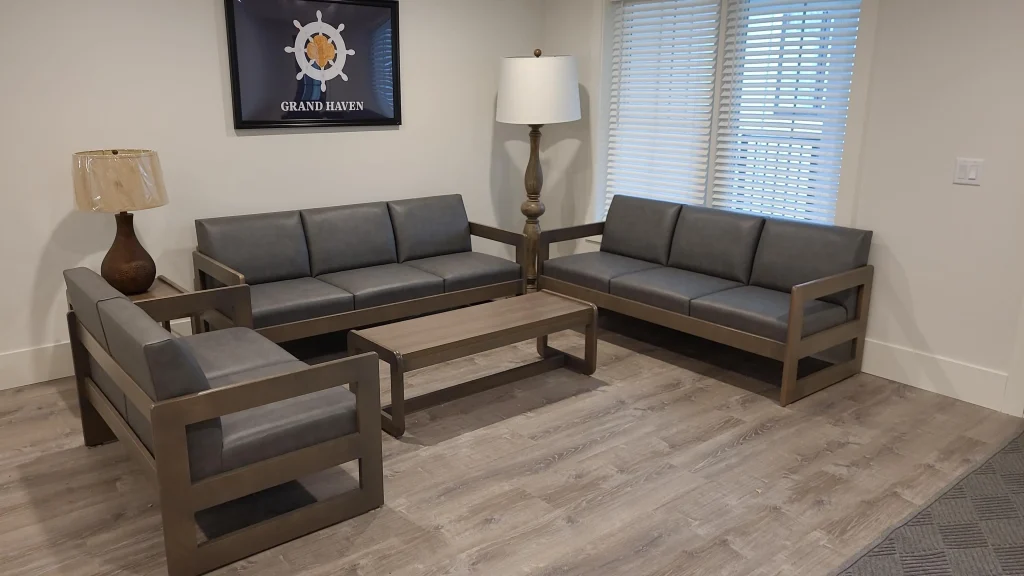
Types of Wood
Various types of Wood cater to different aesthetic and functional needs. Hardwoods like oak and maple offer durability and a classic look, while softer woods like pine provide a more cost-effective solution.
Functionality
In a healthcare setting, furniture must be functional. Ergonomic designs that support posture and reduce strain are essential. Facilities should consider furniture that combines ergonomic principles with the natural warmth of Wood, offering the best of both worlds. The global ergonomic furniture market is expected to reach a value of around $42.3 billion by 2027
Furniture Concepts: Tailoring to Behavioral Healthcare Needs
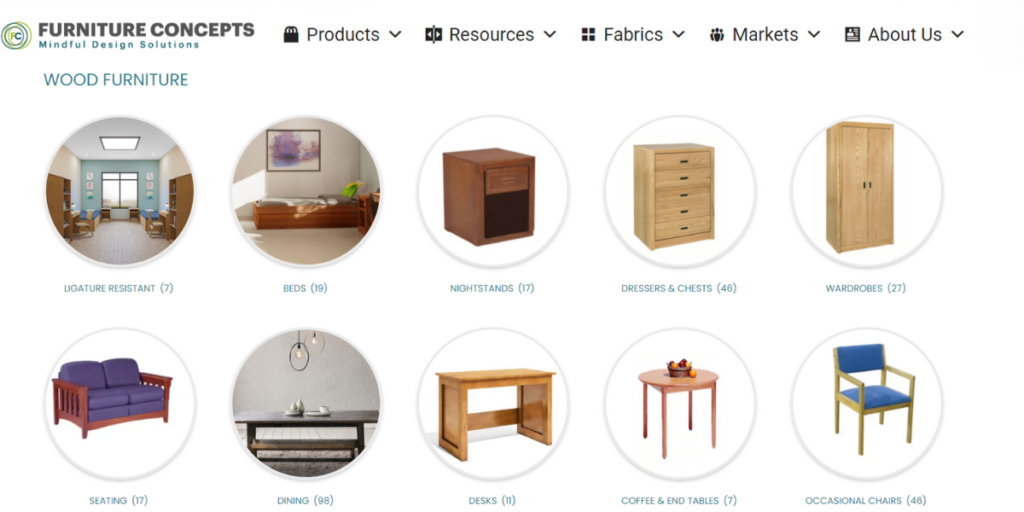
Our Expertise and Approach
At Furniture Concepts, we specialize in understanding the unique demands of the behavioral healthcare sector. We provide solutions that enhance therapeutic environments. We’ve carefully chosen each piece of wood furniture in our collection to combine practicality and functionality. Each piece is designed to contribute to the comfort and well-being of patients and staff. For instance, our latest line of maple wood chairs with ergonomic designs has been highly acclaimed for its comfort and durability in various healthcare settings.
Furniture Concepts offers wood furniture solutions that combine aesthetics with practicality, especially in behavioral healthcare settings. One of our key product lines is the Tough Stuff Heavy-Duty Wood Furniture collection. This range includes:
Ligature-Resistant Furniture: Ligature-Resistant Furniture is designed for therapeutic facilities, this line emphasizes safety and a homelike atmosphere, essential in encouraging patient healing and comfort.
Heavy-Duty Beds: Crafted for durability and functionality, these beds cater to the unique needs of behavioral healthcare environments.
Nightstands: Combining practicality and aesthetic appeal, these nightstands are tailored for healthcare settings.
Seating Options: Our seating solutions, focused on resilience, cater to the diverse needs of patients and staff.
Dining Furniture for Healthcare: Our dining furniture balances style and sturdiness, making it ideal for healthcare settings. It provides a functional dining experience.
Each product in this collection is designed with the unique needs of behavioral healthcare facilities in mind, ensuring that they are functional and contribute to creating a healing environment.
Understanding Client Needs
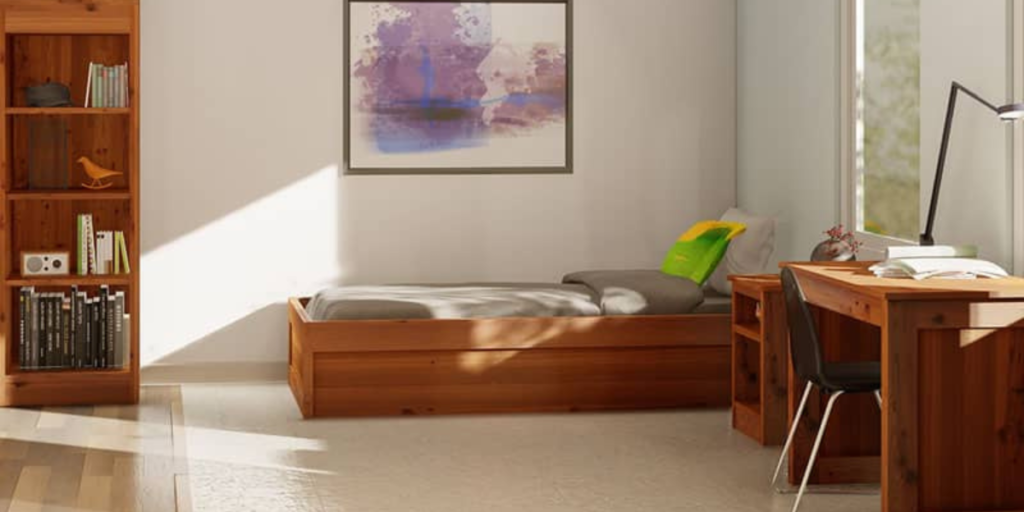
Building Relationships
In the healthcare industry, building long-term relationships with clients is vital. We focus on becoming trusted advisors, providing valuable insights and customized solutions that meet the evolving needs of healthcare facilities.
Conclusion
We commit to providing our clients with high-quality, sustainable, and tailored wood furniture solutions. Embracing this approach enhances patient care and positions your facility as a leader in a market that values aesthetics and wellness. Contact us today to explore how Furniture Concepts specialized wood furniture solutions can enhance your behavioral healthcare environment. Let’s create spaces that heal together.

